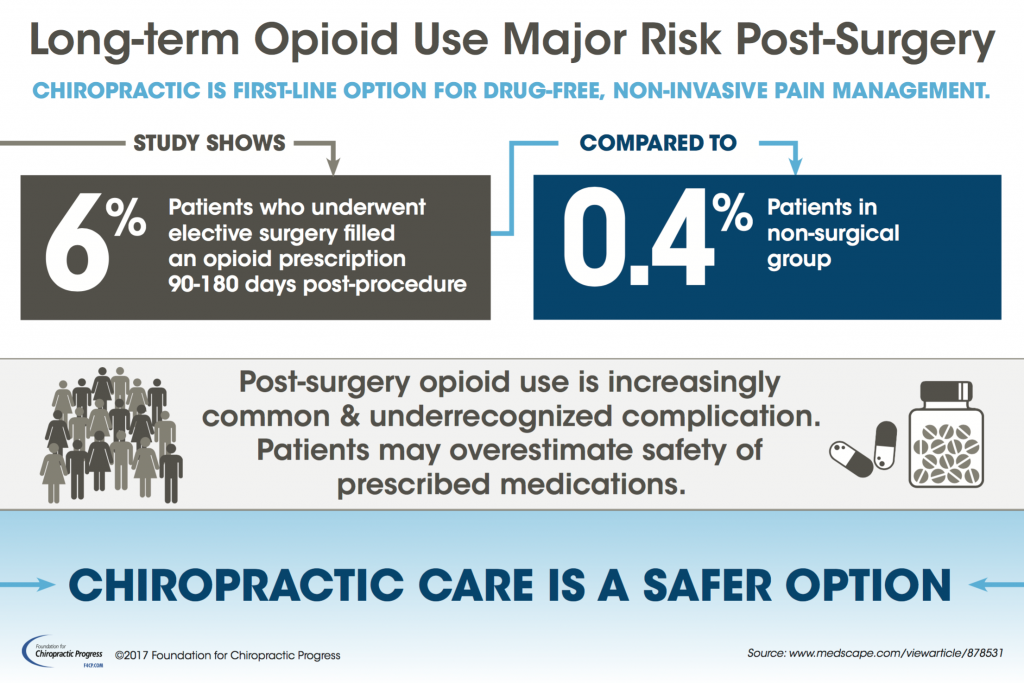As you check out the world of cold laser treatment, you'll uncover a world of opportunities for discomfort relief that is both intriguing and effective. The ingenious method of utilizing light to attend to different conditions might simply be the trick to unlocking a brand-new level of comfort and healing for you. So, why not find just how this non-invasive treatment is improving the landscape of discomfort monitoring and offering hope to those seeking all-natural treatments for their pain?
Comprehending Cold Laser Therapy
To comprehend cold laser therapy, you need to realize the fundamental concepts behind this non-invasive treatment technique. Cold laser treatment, likewise referred to as low-level laser treatment (LLLT), utilizes details wavelengths of light to interact with tissue. The light power passes through the skin and is soaked up by cells, activating a collection of biological reactions. These reactions assist advertise recovery, lower swelling, and ease pain.
The vital to comprehending cold laser therapy hinges on its ability to promote mobile feature. When the light power is soaked up by cells, it enhances their metabolic process and speeds up the manufacturing of ATP, the energy source for cells. This boost in mobile task can cause improved flow, cells fixing, and pain alleviation.
Benefits of Cold Laser Treatment
Harnessing particular wavelengths of light, cold laser treatment uses a range of benefits for discomfort alleviation and recovery. One of the key benefits of cold laser therapy is its non-invasive nature. Unlike procedures, cold laser treatment doesn't require lacerations, making it a much safer and a lot more comfortable choice for numerous clients.
Furthermore, cold laser treatment is recognized for its capacity to lower swelling. By learn here inflamed locations with concentrated light power, the treatment helps to reduce swelling and advertise quicker recovery.
Moreover, cold laser therapy is a preferred selection as a result of its marginal negative effects. Unlike some drugs that can trigger unfavorable reactions, cold laser therapy is gentle on the body and generally well-tolerated. This makes it an ideal option for people searching for a natural and low-risk discomfort relief service.
One more significant advantage is the quick recovery time connected with cold laser therapy. Given that the therapy stimulates the body's all-natural healing processes, patients usually experience fast improvements in their problem without the need for prolonged downtime.
Conditions Dealt With With Cold Laser
Cold laser treatment efficiently deals with a range of problems varying from bone and joint injuries to persistent discomfort. For musculoskeletal injuries like strains, stress, and tendonitis, cold laser therapy can help reduce swelling, relieve pain, and promote cells repair. It's likewise valuable for treating joint inflammation by lowering joint pain and stiffness.
In addition, cold laser therapy can aid in speeding up the healing procedure for wounds and injuries by enhancing blood circulation and advertising cell regrowth.
Persistent discomfort problems such as fibromyalgia, neuropathy, and reduced back pain can additionally be efficiently managed with cold laser treatment. The treatment functions by targeting the source of discomfort and activating a biochemical cascade that reduces discomfort level of sensitivity and inflammation.
Additionally, conditions like repetitive strain injury, TMJ conditions, and plantar fasciitis can take advantage of the pain-relieving and anti-inflammatory effects of cold laser therapy.
Final thought
In conclusion, cold laser therapy is a secure, efficient, and non-invasive therapy choice for discomfort relief.
With its ability to promote healing, reduce inflammation, and minimize pain, this innovative treatment provides a natural and low-risk option to operations.
Whether cold laser therapy to stop smoking dealing with persistent pain, sports injuries, or joint inflammation, cold laser therapy can supply relief and boost your lifestyle without the demand for intrusive interventions.
